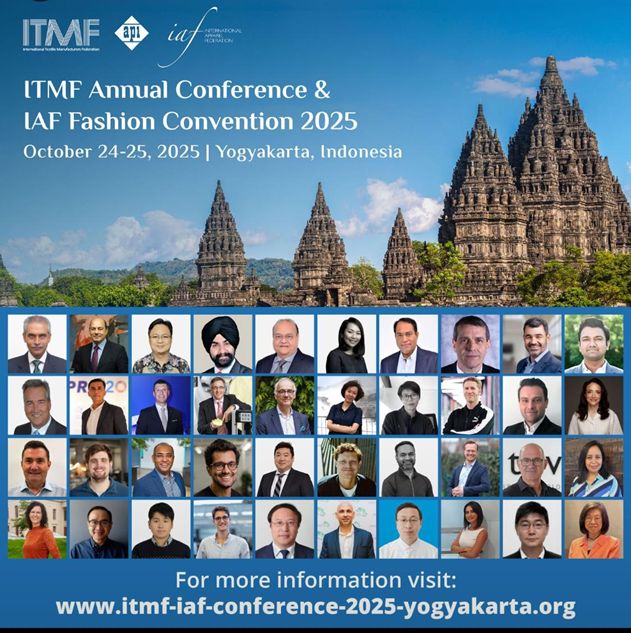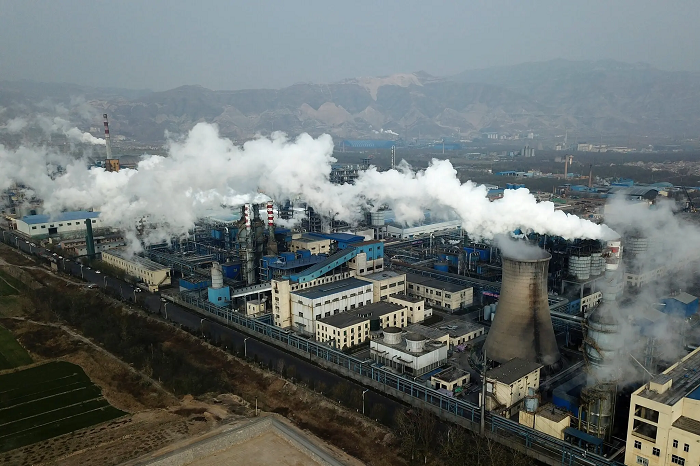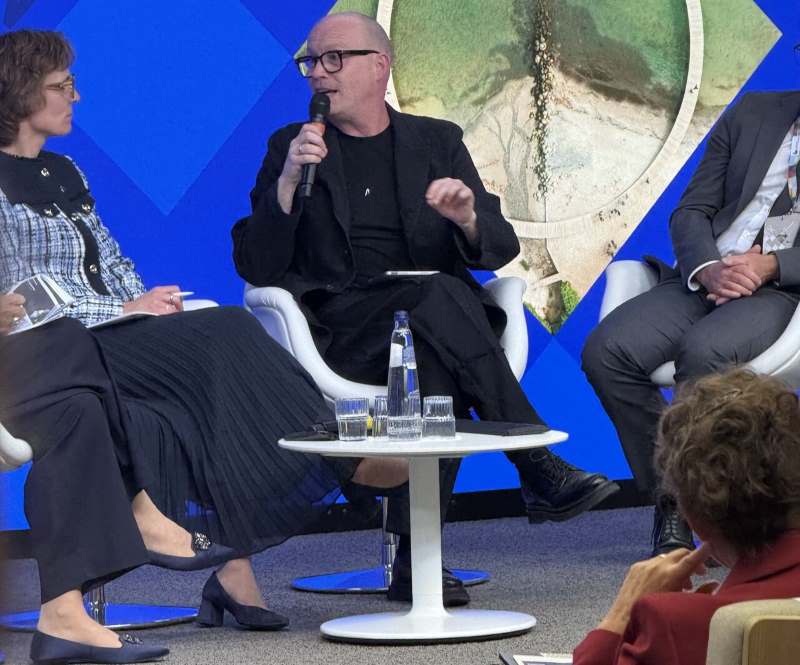Growing at a CAGR of 4.90 per cent from 2025-32, the global textile recycling market is projected to reach a value of $7.2 billion by 2032.
This market expansion is likely to be propelled by several key factors including environmental regulations that are becoming increasingly stringent worldwide. For example, the European Union mandates separate textile waste collection by January 1, 2025, to boost reuse and recycling.
The rise of circular economy initiatives, particularly in fashion, sees brands investing in closed-loop systems to transform old garments into new products. Consumer awareness of fashion's environmental footprint is also growing, influencing purchasing decisions towards sustainable and recycled options.
Furthermore, technological advancements like AI-powered sorting and efficient fiber recovery are making recycling more viable, while brand collaborations (eg: Patagonia, H&M) are expanding take-back programs and eco-friendly collections.
The textile industry is notoriously resource-intensive and polluting. With over 17 million tons of textile waste generated in the US alone in 2018, the potential for growth in this sector is immense. Textile recycling offers substantial benefits, including reducing landfill waste and conserving water, energy, and raw materials by lessening the reliance on virgin fibers.
Regionally, Europe is set to maintain its dominance due to strong regulations, early adoption of sustainable practices, and well-developed recycling infrastructure in countries like Germany and Sweden. The Asia-Pacific region, particularly China, India, and Bangladesh, is expected to witness the fastest growth, driven by increasing awareness and significant investments in recycling infrastructure. China aims to recycle 25 per cent of its textile waste and produce 2 million tons of recycled fiber annually by 2025. North America is also an important market, with the US enhancing its infrastructure through public-private partnerships.
The market employs mechanical recycling, which is cost-effective and dominant for natural and synthetic fibers, and chemical recycling, which breaks down fabrics at a molecular level for high-purity recovery, despite being more expensive and less scalable currently.
Despite this positive momentum, challenges persist, including a lack of infrastructure for collection and processing, contamination issues from mixed fibers and dyes, relatively low consumer participation, and the economic viability of recycling compared to producing virgin fibers.












